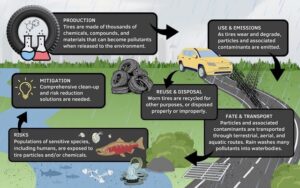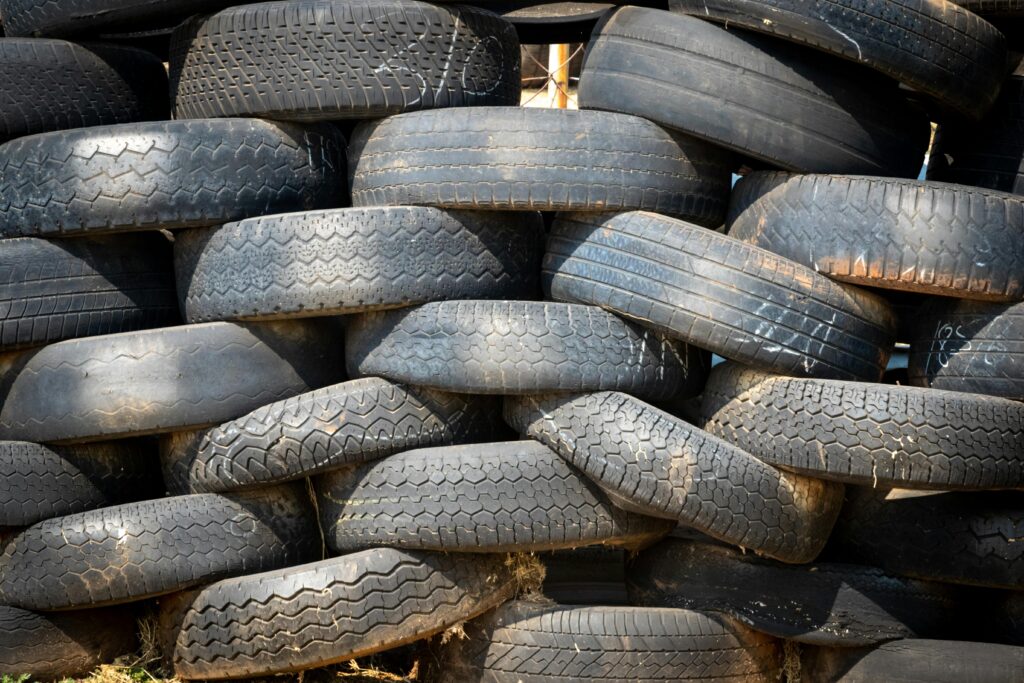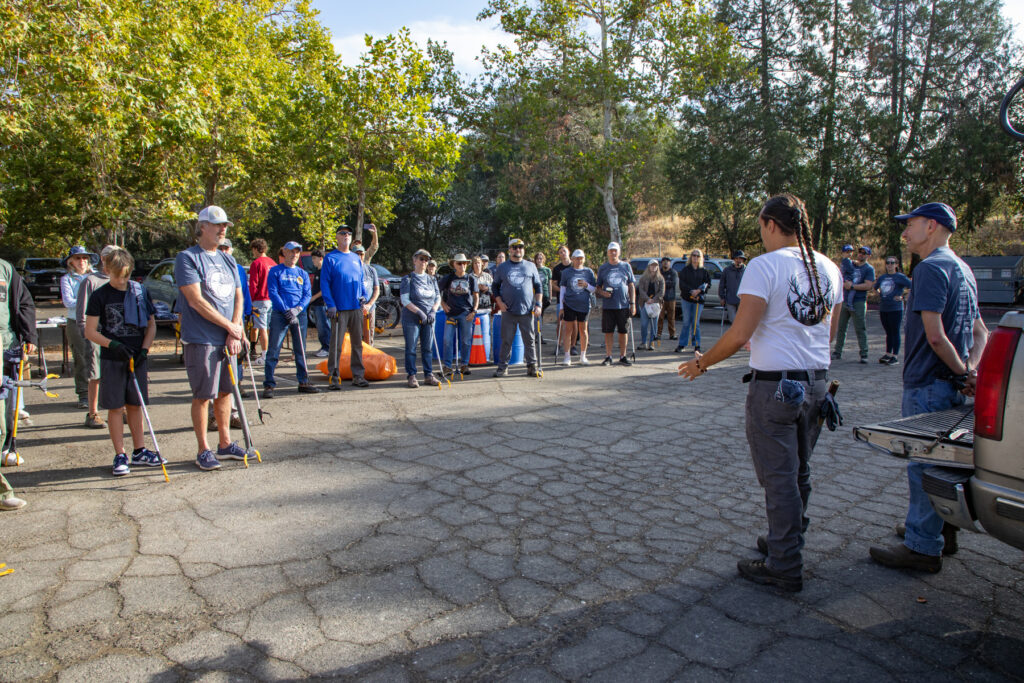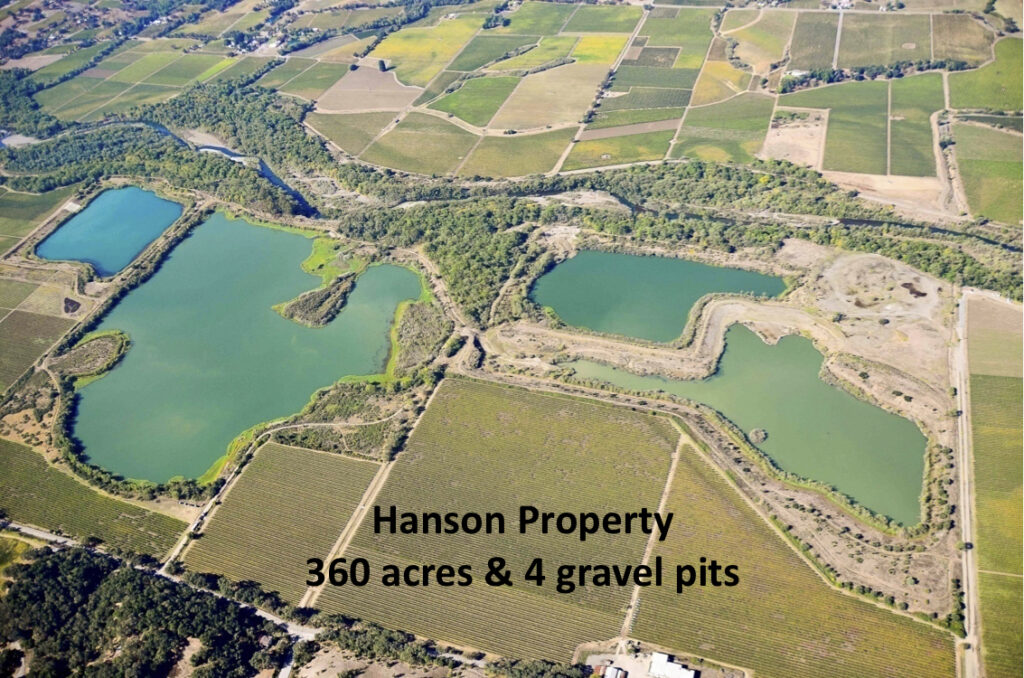
Vehicle tires are a vital component of modern transportation, but they carry an invisible threat to our environment, particularly to aquatic ecosystems like the Russian River. This threat comes from a chemical called 6PPD that is used in tires (and other rubber products) to prevent rubber from breaking down when exposed to air. When this chemical reacts with air it transforms into 6PPD-quinone (6PPD-q), a highly toxic compound that poses severe risks to aquatic life, especially endangered salmon species. The use of 6PPD has been widespread since the 1960s in many rubber products making it a long-standing environmental concern that has only recently been fully understood.
How 6PPD-Quinone Enters Our Waterways
As tires and other rubber products wear down with regular use, they release tiny particles that settle on roads and other hard surfaces. When it rains, stormwater then washes these particles into nearby streams, rivers, and other water bodies, carrying 6PPD-q along with them. This means that every time it rains, 6PPD-q is transported into our waterways, exposing aquatic organisms to its harmful effects. This process is particularly concerning in our more urban areas where extensive impervious surfaces, such as parking lots and streets, contribute significantly to the runoff. We have also been witnessing an increased amount of illegal tire dumping throughout our watershed which is resulting in direct contamination of our waters.
The Impact on Aquatic Life
Scientific research has shown that 6PPD-q is acutely toxic to various salmon species, including coho salmon, steelhead trout, and chinook salmon, with even very low concentrations causing significant mortality in salmon in a very short period. Even concentrations the size of a snowflake can cause fish, especially the more sensitive endangered coho salmon, to die before spawning can occur. Studies have found that watersheds with high amounts of impervious surfaces can result in up to 90% of returning salmon dying before they have a chance to spawn. This high mortality rate threatens the survival of these already endangered species and has severe implications for the entire ecosystem, as salmon play a crucial role in nutrient cycling and supporting other wildlife.
Possible Solutions Through Regulations, Policy Actions, and Local Initiatives
Recognizing the severe impact of 6PPD-q, the California Department of Toxic Substances Control has designated motor vehicle tires containing 6PPD as a “priority product” under the state’s Safer Consumer Products regulations. This designation now mandates that manufacturers identify and report their products containing 6PPD and that they explore safer alternatives or removal from the market.
These safety regulations aim to mitigate the environmental impact of 6PPD by encouraging manufacturers to find safer alternatives, like those being explored by the Berkeley Center for Green Chemistry and the U.S. EPA. These alternatives are intended to either reduce or eliminate the use of 6PPD, without compromising tire performance, but will unfortunately still take time to implement and mass produce.
Further enhancing these efforts, Assembly Bill 756 mandates the California Department of Transportation to develop a programmatic environmental review process to prevent 6PPD and 6PPD-q from entering salmon and steelhead trout-bearing surface waters in consultation with other state agencies. This bill also requires a pilot project at a Bay Area highway creek crossing to study the effectiveness of different bioretention and biofiltration methods. These efforts will result in a December 2026 report to the Legislature detailing strategies to eliminate the discharge of 6PPD and 6PPD-q into our waterways and inform the installation of new controls aimed at preventing stormwater contamination and ensuring the protection of salmon and steelhead trout habitats.
In response to the growing concern, California Coastkeeper Alliance is also planning pilot projects to help address 6PPD-q pollution and has been coordinating with Russian Riverkeeper on possible high-exposure site locations, like Hwy 101 bridges crossing the Russian River where direct drainage into our watershed is possible. This effort is meant to further test and implement effective strategies to reduce 6PPD-q levels in our waterways, ultimately protecting the health of the river and its inhabitants. Russian Riverkeeper is also working on educational avenues to educate agencies on the impacts of 6PPD-q and how they can modify their actions to better address harms that are occurring in the Russian River and beyond.
What You Can Do
Awareness and action at the community level are crucial in addressing this environmental issue. Here are some ways you can help:
- Support Local Initiatives: Engage with and support organizations like Russian Riverkeeper that are working on projects to reduce 6PPD-q pollution. Volunteering, donating, or participating in local clean-up events can make a significant difference.
- Proper Tire Disposal: Ensure that old tires are disposed of properly and not discarded in waterways or natural habitats. Many communities have designated tire recycling programs that prevent tires from ending up in the environment.
- Advocate for Safer Alternatives: Encourage manufacturers and legislators to prioritize the development and use of safer alternatives to 6PPD in tires and other rubber products. Public pressure and advocacy can drive policy changes and innovation in manufacturing utilizing rubber.
The presence of 6PPD-q in our waterways is a pressing environmental issue that requires immediate attention and action. By understanding the impact of this chemical and supporting local and state initiatives, we can work together to protect the health of the Russian River and its precious aquatic life. Efforts at the community, state, and national levels are essential to addressing this threat and ensuring a sustainable future for our environment.
Resources
6PPD-Quinone: What is 6PPD-Quinone? EPA, (July 23, 2024) https://www.epa.gov/chemical-research/6ppd-quinone.
Adopted Priority Product: Motor Vehicle Tires Containing 6PPD, CALIFORNIA DEPARTMENT OF TOXIC SUBSTANCES CONTROL, https://dtsc.ca.gov/scp/motor_vehicle_tires_containing_6ppd/.
How Your Tire Tread May Cause Harm to the Russian River, RUSSIAN RIVERKEEPER (Jan. 17, 2024) https://russianriverkeeper.org/how-your-tire-tread-may-cause-harm-to-the-russian-river/.
Kate Raphael, A Nasty Salmon-Killing Tire Chemical is in Bay Waterways. Can it Be Cleaned Up? NATURE NEWS, (March 2, 2023) https://baynature.org/2023/03/02/a-nasty-salmon-killing-tire-chemical-is-in-bay-waterways-can-it-be-cleaned-up/.
Id.
Id.
The Rubber Meets the Road with California’s Green Chemistry Law, HOLLAND AND KNIGHT, (Aug. 17,2 023) https://www.hklaw.com/en/insights/publications/2023/08/the-rubber-meets-the-road-with-californias-green-chemistry-law.
Id.
California Assembly Bill 756, https://atrn.assembly.ca.gov/sites/atrn.assembly.ca.gov/files/AB%20756.pdf.
Id.
How Your Tire Tread May Cause Harm to the Russian River, RUSSIAN RIVERKEEPER (Jan. 17, 2024) https://russianriverkeeper.org/how-your-tire-tread-may-cause-harm-to-the-russian-river/.






